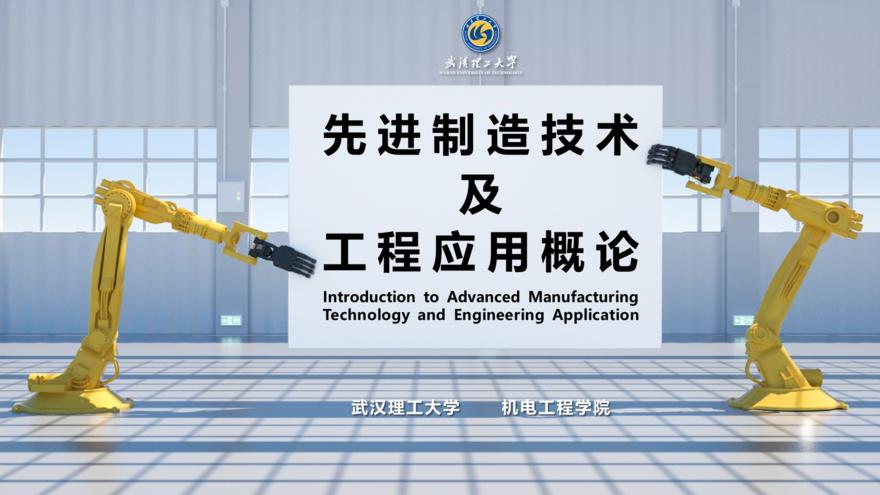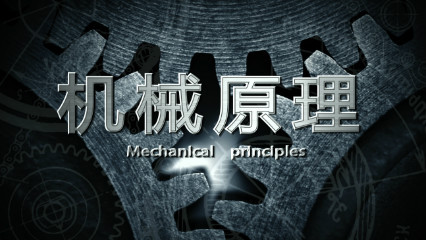
当前课程知识点:Introduction to New Structural Resource and Environmental Economics > 4.Classical Property Rights Theory and Property Rights Theory from the Perspective of New Structural > 4.3.Definition, Allocation and Protection of Property Rights > 4.3.Definition, Allocation and Protection of Property Rights
返回《Introduction to New Structural Resource and Environmental Economics》慕课在线视频课程列表
返回《Introduction to New Structural Resource and Environmental Economics》慕课在线视频列表
-1.1.Formation and Development of Resource and Environmental Economics
--1.1.1Development of Resource and Environmental Economics in the World
--1.1.2Development of Resource and Environment Economics in China
-1.2.Formation and Development of New Structural Economics in China
--1.2.1.Resource Utilization and Environmental Protection in China
--1.2.2.1.Externality Theory of Neoclassical Economics
--1.2.2.2.Property Rights Theory of New Institutional Economics
--1.2.2.3.Governance in Behavioral Economics
--1.2.2.4 .Contingency Theory of Planning
--1.2.2.5.Technological Change of Innovation Economics
--1.2.3.1.Development of New Structural Economics in China
--1.2.3.2.Development of New Structural Resources and Environmental Economics in China
-Chapter 2 testing
-2.1.Supply and Demand of Resources and Environment
--2.1.supply and demand of resources and environment
-2.2.Classical Externality Theory
--2.2.Classical Externality Theory
-2.3.Externality Theory from the Perspective of New Structural
--2.3.1.The externalities of environment and renewable resources
--2.3.2Proactive government and Externalities
-Chapter 2 testing
-3.1.Classical Public Goods Theory
--3.1.1.Characteristics of Public Goods
--3.1.2.Supply of Public Goods
-3.2.Public Goods from the Perspective of New Structural
--3.2.1 hard and soft infrastructure
--3.2.2China's infrastructure construction
-Chapter 3 testing
-4.1.Meaning and Concept of Property Rights
--4.1.Meaning and Concept of Property Rights
-4.2.Properties and Functions of Property Rights
--4.2.Properties and Functions of Property Rights
-4.3.Definition, Allocation and Protection of Property Rights
--4.3.Definition, Allocation and Protection of Property Rights
-4.4.Separation of Three Rights
--4.4.Separation of Three Rights
-4.5.River Basin Ecological Compensation
--4.5.River Basin Ecological Compensation
-Chapter 4 testing
-5.1.Resources Environmental Bearing Capacity Theory
--Resources Environmental Bearing Capacity Theory
-5.2.The Concept of Sustainable Development
--The Concept of Sustainable Development
-5.3.Sustainable Development in China
--The formation of sustainable development in China
-- China's Achievements in Sustainable Development
-5.4.Implementation of Sustainable Development
--Way to Implement Sustainable Development Strategy: Circular Economy
--Sustainable Industrial Production Model: Cleaner Production
--Sustainable Agricultural Production Model: Ecological Agriculture
--Challenges and Countermeasures on China's Ecological Environment
-Chapter 5 testing
-6.1.Classical Fiscal Decentralization Theory
--Classical Fiscal Decentralization Theory
-6.2.New Structural Fiscal Decentralization Theory
--New Structural Fiscal Decentralization Theory
-Chapter 6 testing
-7.1Fundamental Principles
-7.2Core Essences
-Chapter 7 testing
-8.1Development predicament of coal resource-based cities
--Development predicament of coal resource-based cities
-8.2Government function dislocation in the sustainable development of resource-based cities
--Government function dislocation in the sustainable development of resource-based cities
-8.3Game theory analysis of Causes for the dislocation of local government functions
--Game theory analysis of Causes for the dislocation of local government functions
-8.4Path of government governance reform -building a guiding-type government
--Path of government governance reform -building a guiding-type government
-Chapter 8 testing
-9.1Overview and development of the environmental protection tax
--Overview and development of the environmental protection tax
-9.2Environmental Protection Tax and Regional Quality Development
--Environmental Protection Tax and Regional Quality Development
-9.3Double dividend effect of environmental protection tax
--Double dividend effect of environmental protection tax
-Chapter 9 testing
-10.1The energy transition and low-carbon development
--The energy transition and low-carbon development
-10.2The framework of energy transition analysis under the New Structural Economics
--The framework of energy transition analysis under the New Structural Economics
-10.3Evidence from China’s energy transition and policy implications
--Evidence from China’s energy transition and policy implications
-Chapter 10 testing


